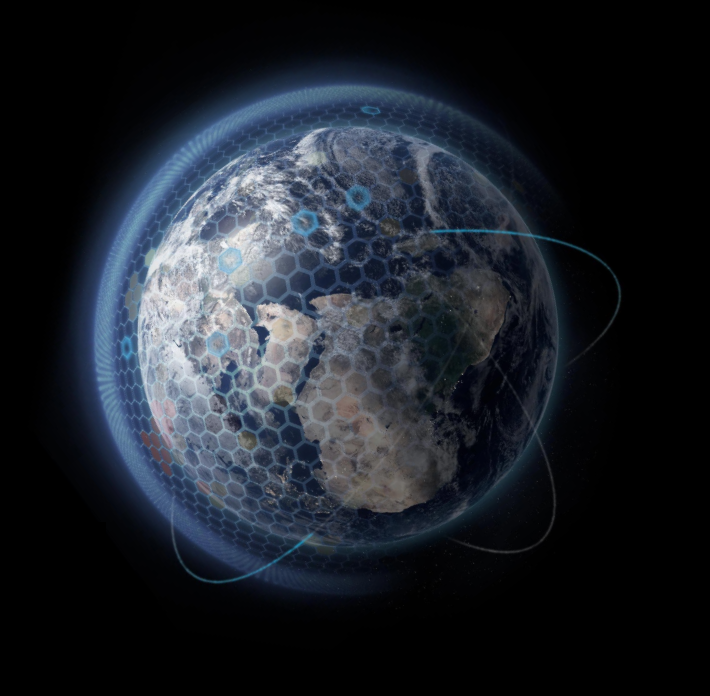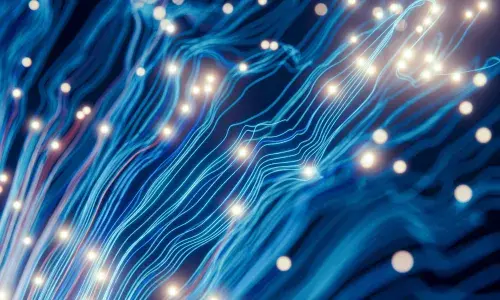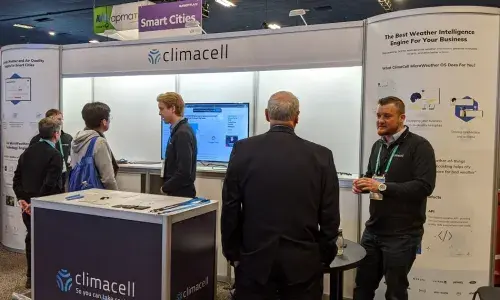
The IoT big data market: are you in?
When you hear “Big Data,” you may think about all the information we gather about customers from their transactions, social media activity, and behaviors on mobile apps.
You may also think about other use-cases, such as leveraging large volumes of clinical data to enable better medical care.
But an especially exciting and disruptive Big Data market opportunity is now being driven by the exploding implementation of IoT. It’s a market that Accenture predicts will reach $3.6 trillion by 2030. And it’s a market that you can capitalize on in multiple ways at once—including as a buyer, a seller, an aggregator, and an investor.
Beyond First-Generation IoT
Most IoT value propositions to date have focused on organizations using their own sensors, smart devices, and/or embedded systems to capture telemetry that—often in tandem with some kind of machine learning or AI—enables them to improve operations, better serve customers, or mitigate risk.
As the operator of highly complex infrastructure, National Grid’s UK and US business units are no strangers to this first-generation IoT value proposition. That’s why we leverage IoT data to ensure that our infrastructure is functioning properly, that we quickly detect shifts in demand, and that we meet our customers’ energy requirements with the utmost cost-efficiency.
But with even more data, we can bring even more intelligence to our operations. So we’re looking beyond first-generation “our-data-for-our-use-case” IoT to the emerging marketplace for third-party IoT data.
Weather or not
One area of particular interest to us is weather—as it should be for just about any business. According to the US National Weather Service, 3-6% of the annual variability in US GDP is attributable to weather. That’s well north of a trillion dollars in lost value. And the number of $1B weather events has doubled over the last 35 years.
Weather impacts businesses in many subtle ways as well. Even small variations in temperature and precipitation can affect which products consumers buy, where they’ll be looking to grab a cab, and—in the case of National Grid—how much current we can deliver through any given stretch of power line at any given moment.
Traditional meteorological weather information sources don’t fully address these business needs, because they predict atmospheric conditions over a broad geographic area. It’s far more powerful to get minute-by-minute visibility into conditions at ground-level with street-by-street precision. That kind of data empowers you to make really smart, timely decisions—and also gain rich, actionable analytic insights.
Enter ClimaCell. ClimaCell aggregates IoT data from more than half-a-billion partners’ sensors and combines that with nearly 12,000 traditional weather sources to deliver microweather “nowcasting” that’s unbeatable for accuracy, immediacy, and granularity.
This hyper-local data is clearly of value to National Grid. National Grid, in turn, can also be a great additional source of data for ClimaCell.
Just as important, this symbiotic, open exchange of IOT-generated weather data gives us a glimpse into an exciting future of IoT Big Data monetization.
How to think about the IoT future
ClimaCell isn’t the only innovative IoT aggregator out there. IoT data from the electronic logging devices (ELDs) now required on commercial carriers’ trucks, for example, is now being aggregated, analyzed, and marketed to supply-chain managers seeking to increase predictability and better manage local inventories. We’re also seeing IoT data aggregation and analytics being applied to smart home devices to help address the challenge of helping seniors age in their homes.
These early examples of IoT data monetization, however, still assume a fairly intuitive, linear relationship between data type and use-case. We know weather affects travel. And we know highway traffic affects delivery times.
Much of the value-add data science offers us, though, is in uncovering otherwise-hidden correlations across disparate datasets
It may not be obvious that freezer sales in Minnesota correlate with hunting season. But they do. And if you feed the right algorithm the right data, it can discover precisely these types of opaque—but highly actionable—insights.
So imagine a future in which you can readily sample data from a broad catalog of third-party IoT aggregators—and then, when you find a dataset that delivers value to your data science team, simply subscribe to it.
Of course, there are lots of technical and transactional issues to overcome before we’re monetizing third-party IoT data with the same ease as we sell shoes online or purchase compute power in the cloud. We have to deal with security, privacy, data quality, data dictionaries, and how we price accurately for the value we exchange.
But it’s a future National Grid Partners is already working towards. And we invite you to do likewise.
Patrick Walsh is Director of Corporate Venture Capital at National Grid Partners.


